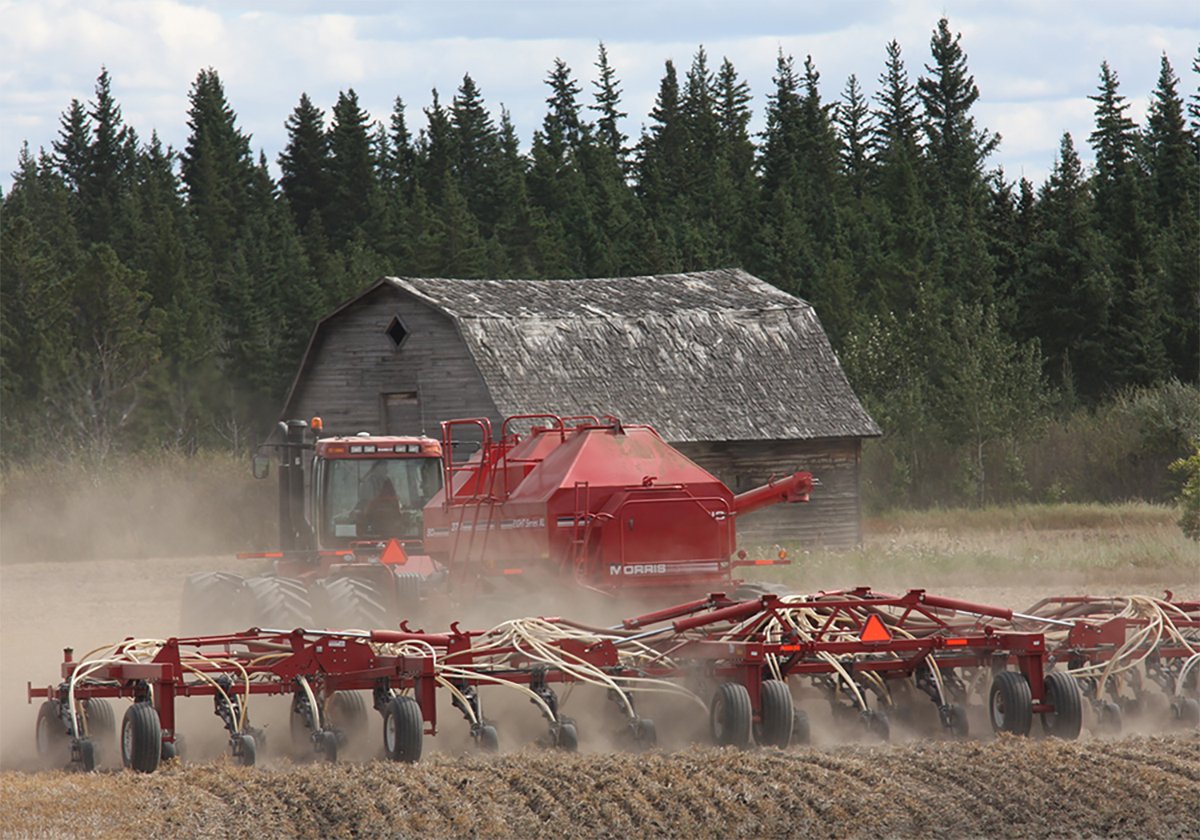MIAMI, Man. – Thirty-one years ago, bison were considered wild animals, of interest mainly to historians.
But Bill Lenton got to talking to an old Montana rodeo rider at a horse show and ended up taking home a bison bull calf for about $250.
“When we brought them to the border, they didn’t really know what the hell to do with them,” chuckled Lenton.
It was a time when people would drive for miles to his ranch near the Pembina Hills of south-central Manitoba to see the buffalo, and when bankers wouldn’t even think of lending a buck for a bison.
Read Also

Seeding conditions look good for U.S. winter wheat crop
SASKATOON — Seeding conditions are near ideal in the hard red winter wheat growing region of the United States, says…
Today, bison are a part of the prairie farm landscape. And Lenton finds himself an elder statesman of bison production in North America, a “bisoneer.”
The Canadian Bison Association thinks he may be the oldest breeder in Canada.
“Whether I am or not, I don’t know,” he said. “I know I’m old.”
There have been good times and some rough times with bison over the past three decades, and Lenton has the yarns and the scars to prove it.
“They’ve been good to me and my family,” he said, adding three of his children have started their own herds.
Large herd
Lenton had just got a pregnant mares’ urine contract when he picked up his first bison, and worked in both fields until recently. At one time, his bison herd had 280 animals.
“I haven’t done with the buffalo what I should have,” he said. “If we’d have spent more time with the bison and less with the horses, we’d have been more of an asset to the industry.”
But over the years, Lenton has helped farmers across Canada and as far away as France with breeding stock and advice.
He has judged at most of the big bison shows, including Denver, Colorado, Regina and Sherbrooke, Quebec.
And he helped make Plains Processors, a federally inspected slaughter plant north of Carman, Man., the first in North America licensed to kill bison.
The federal seal of approval meant he could ship meat across Canada and to places like Hawaii, Japan and Sweden.
When he first started selling meat, it went for $2.40 per pound by the side. Now, it’s around $3.55 per lb. per side.
“It used to be that meat and breeding was about the same price,” Lenton said.
But with the explosion of interest in bison during the last few years, the price of breeding stock has outpaced the price of slaughter animals.
He has seen bred cows sell as high as $6,500, and knows some producers who have next year’s calf crop already sold.
Lenton said he has never seen bison prices drop, although at times they’ve levelled off.
“I don’t think some of the other diversified species have done as well,” he said.
“We’re a long, long ways from reaching the potential for having a problem with saturation.”
But to secure the future of bison production in Canada, operations have to get a lot bigger, said Lenton.
He foresees joint venture bison operations run in four township-sized paddocks with a corral in the centre.
“Canada could run a million head and never use an acre we’re using today,” he said, explaining bison can survive on marginal, northern land.
All it would take is capital and some courage to try something different, he said.
While he doesn’t think he’ll get the chance to pursue this dream in his lifetime, he plans to continue to run bison near Miami and on some pasture in the northern Interlake region.
“As long as I can breathe and hire a man,” he chuckled.














